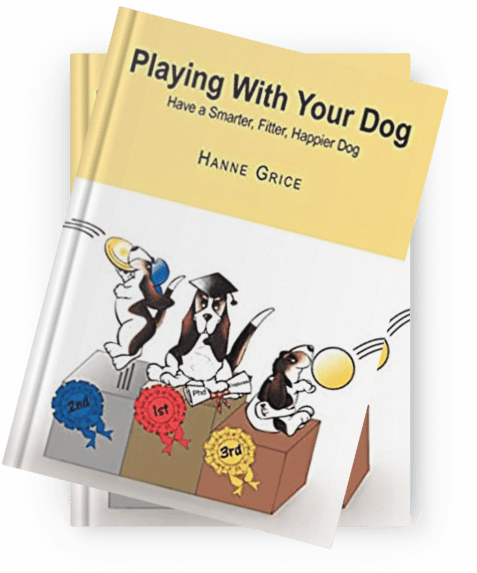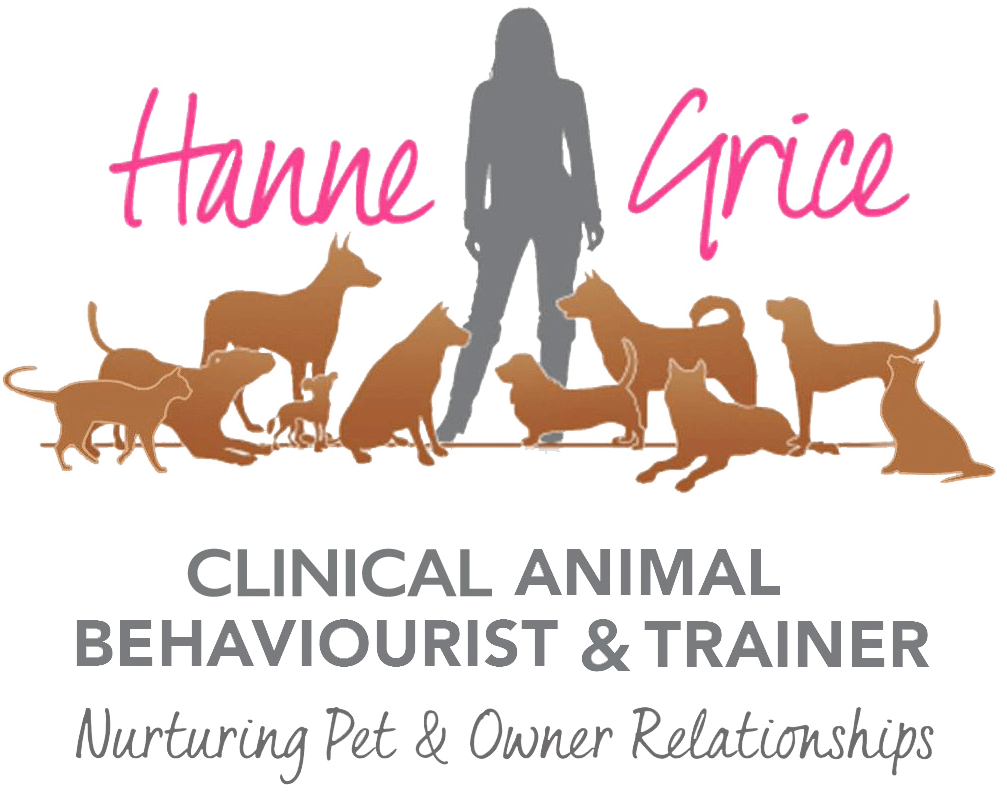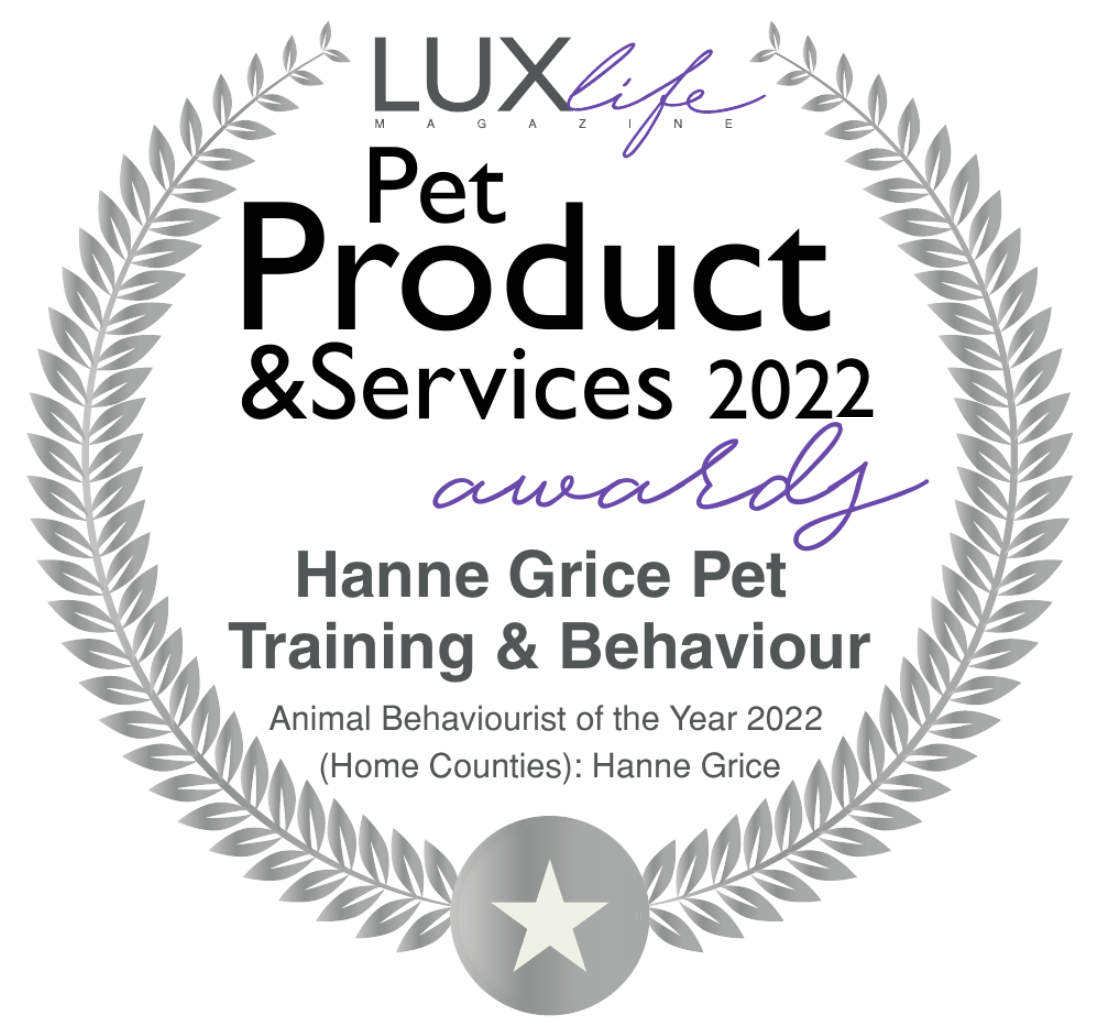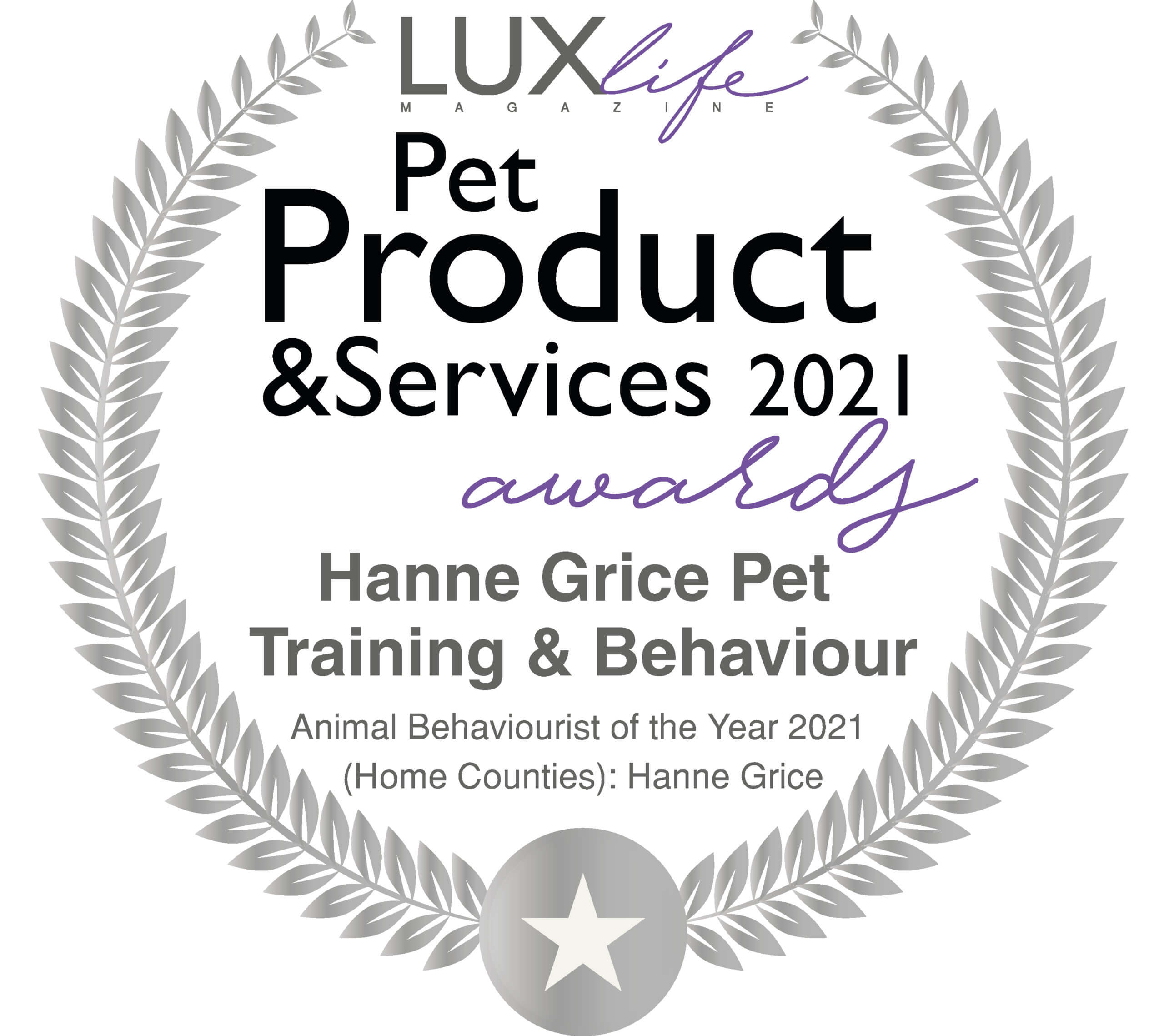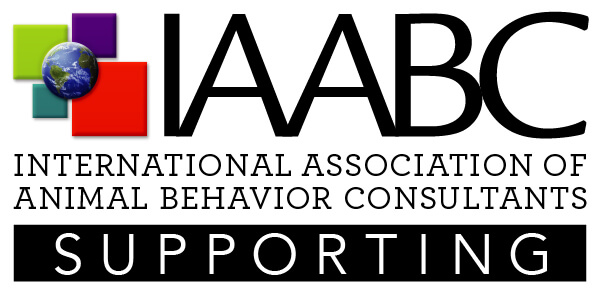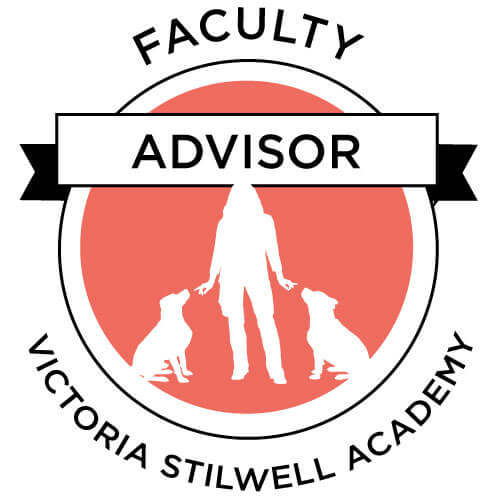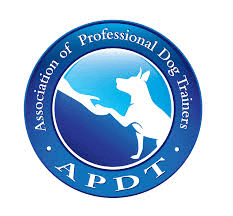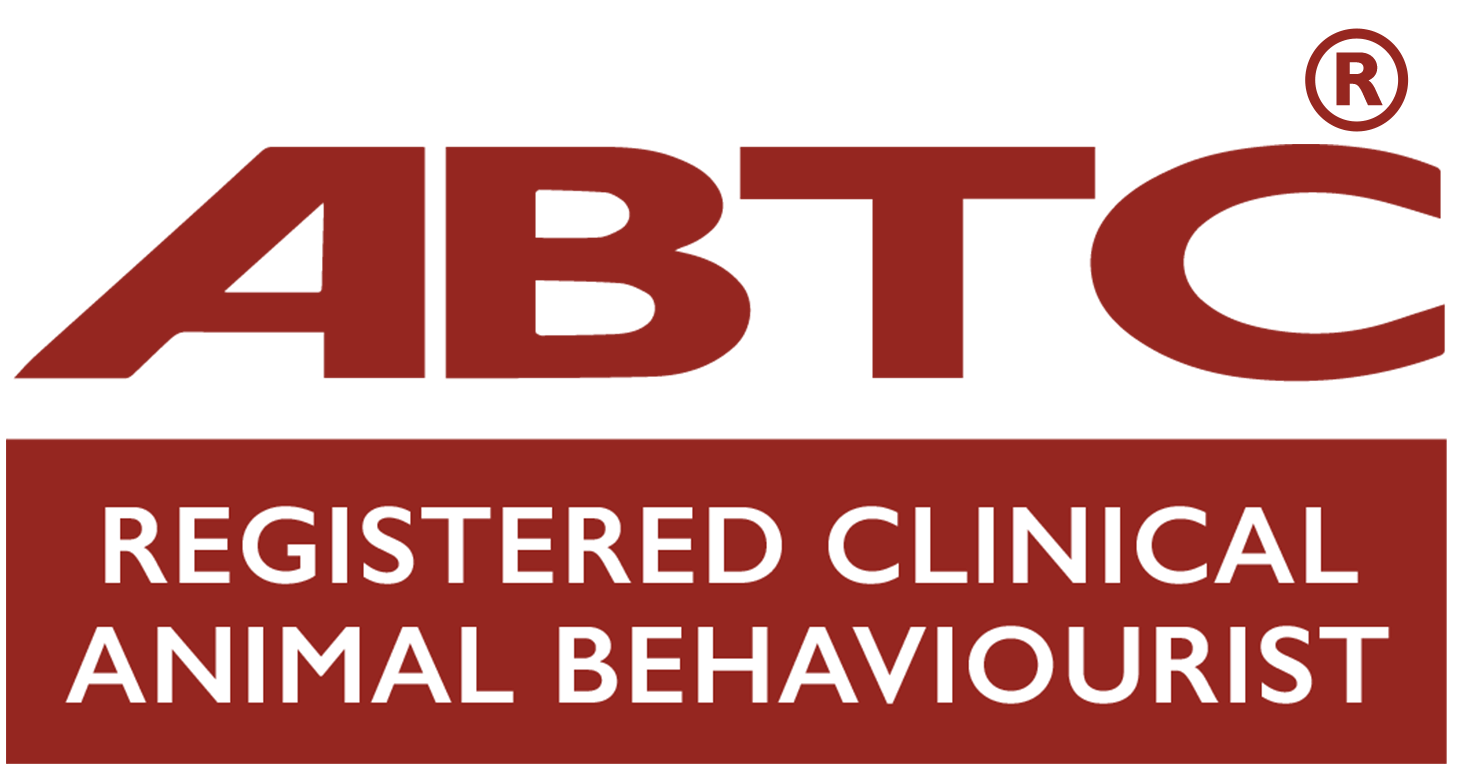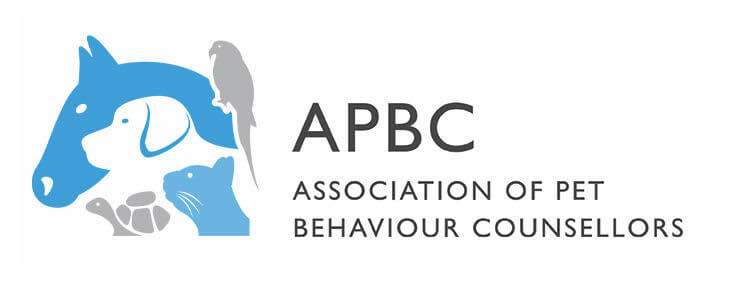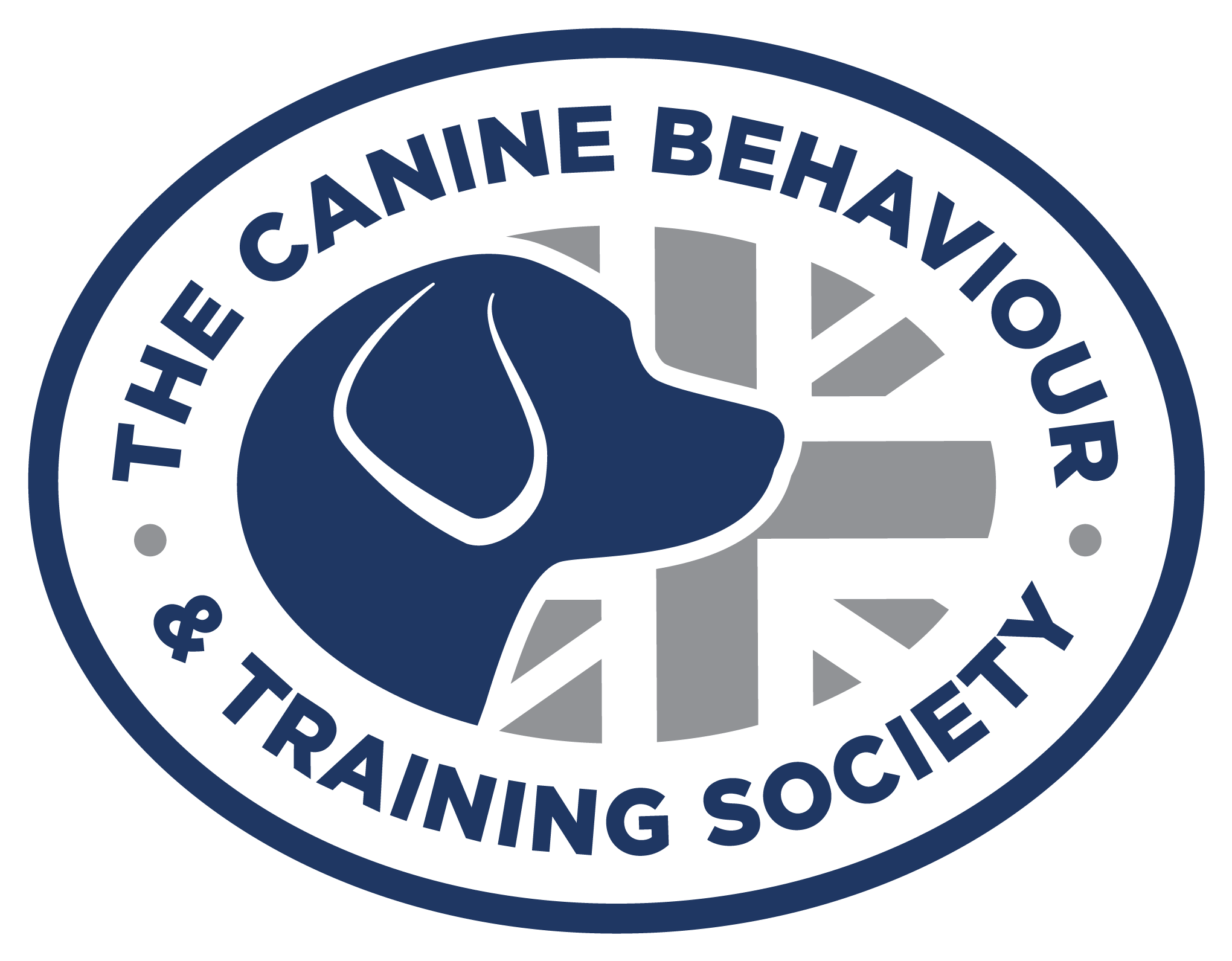Autumn is one of my favourite times of the year – the leaves are turning shades of orange and golden brown, and my chunky jumpers are coming out of hibernation. For animals, however, this time of year can present risks with the potential ingestion of seasonal fruits and nuts unsuitable for our furry friends, plus dealing with the increase in sudden, unexpected sounds. Here’s my quick guide to help you keep your pets safe and comfortable during these Autumn months.
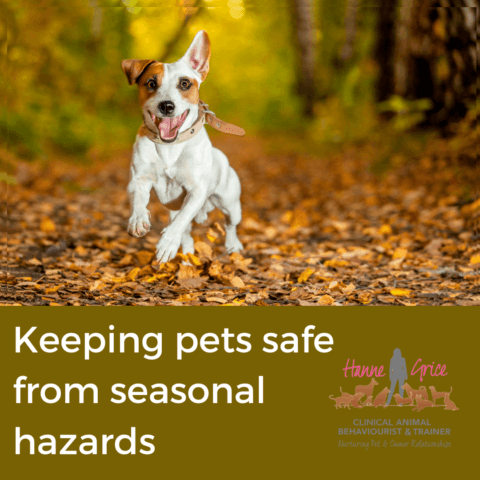
Acorns and other autumnal foods
You may have spotted acorns adorning the ground. These contain a toxin called tannic acid and if your pet ingests them, they can cause symptoms like vomiting, diarrhoea, lethargy, and abdominal pain. Tannins can lead to more severe complications such as kidney and liver failure in larger quantities or if consumed regularly. Green acorns are especially dangerous as they contain higher amounts of tannins than brown ones. Similarly, conkers are highly poisonous to dogs if chewed and consumed; like acorns, they also risk causing blockages in your pet’s stomach.
Other foods we may reach for to comfort as the nights draw in and Halloween approaches include chocolate. As most owners know, this is a big “no-no” for pets, as it has been associated with various poisoning episodes. Along with chocolate are the temptations of other sweets, plus their wrappers and sticks from lollipops; keep all sweets out of reach where pets live at home or visit.
Other ‘stuff’ to watch for in your garden and out on walks includes wild mushrooms. Pets, particularly dogs, may be enticed by the scent and appearance of these fungi, tempting them to be chewed and eaten. Ingesting toxic mushrooms can lead to adverse effects in pets, ranging from mild gastrointestinal disturbances, such as vomiting and diarrhoea, to more severe consequences. The challenge for pet owners and veterinarians alike is distinguishing between safe and harmful mushrooms, as toxic varieties can closely resemble non-toxic ones. Pet owners must supervise their animals during outdoor excursions, including the garden, if mushrooms tend to crop up around their property, to ensure their pets do not consume wild mushrooms. If you suspect they have, seek immediate veterinary attention.
Scary sights and sudden sounds
Many pets are terrified of loud noises. Unexpected bangs can be distressing, leading to symptoms like trembling, panting, and hiding. At this time of year, we see an increase in sudden sounds through organised gun shoots across the UK, Halloween, Bonfire Night, and Diwali. This can also bring unexpected knocks at the door, wearables such as glow stick bracelets, people dressed in costumes that may frighten our animals, and strange items placed around the house in the guise of Halloween or autumnal decorations. Specific crop fields may be protected from wildlife through crow scarers around this time. Consequently, the risk of our pets encountering sudden, unexpected sounds on walks and at home increases. These novel sights (e.g., flashing lights), unpredictable sounds, smells (such as gunpowder), and vibrations from the sudden loud sounds can all startle our pets, which increases the risks of the onset of anxiety-related behaviours and possible escalations. This can be compounded by windy and rainy days during these months, which can disturb our pet’s senses and amplify sounds; this means you may start to see your pet act reluctantly to go for a walk, or even go out in the garden for wees and poops. So, plan for your pets if you have any seasonal celebrations due to take place, and check out the internet, local notice boards and social media for any notices regarding local gun shoots, firework displays, weddings/other events that may result in sudden, unexpected sounds. That way, you can prepare and shield your pet from these frightening experiences by walking in other areas and in daylight hours, creating a safe zone at home and so on. Click here for my tips on Halloween and Bonfire Night.
Research by Daniel Mills suggests that noise fears and phobias are among the most common behavioural problems but are frequently left untreated or ineffectively managed. According to The Kennel Club, 80 per cent of owners notice a change in their dog’s behaviour during fireworks season, with 48 per cent reporting that their dogs are scared by them. Hence, early identification and intervention are essential. Environmental modifications, such as providing a safe zone, keeping windows and blinds closed, providing well-packed food enrichment toys, and playing music, can help manage down the animal’s responses to the sights and sounds. Systematic desensitisation, counterconditioning, relaxation training, and anxiolytic medication can be effective strategies for addressing sound fears. Hence, do seek the support of a certified Clinical Animal Behaviourist to assist with any behavioural work in conjunction with your vet. Check out the Animal Behaviour and Training Council to find a practitioner near you.
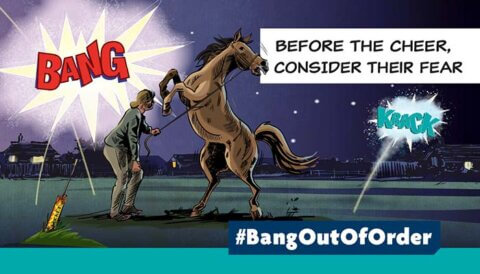
Meanwhile, check the boundaries of your property to ensure any fences or barriers are secure and high enough to reduce the risk of your pet bolting out of your property should they be startled. Make sure your animals are microchipped , and the details are all up-to-date. Consider bringing in your small animals, such as rabbits and guinea pigs, to help them better cope during fireworks season. Ensure they are housed away from drafts, have fresh water, ready access to fresh food and plenty of clean bedding to burrow in and under.
Check out the RSPCA’s campaign Bang Out of Order which highlights the welfare impact fireworks have on animals both domestic and wild, and a call to action for MPs to change the law regarding private displays.
Key takeaways
From those seemingly innocent acorns to the startling bangs of fireworks, this season brings challenges for our pets. Keep a keen eye and ear out during your autumn walks and around the home to ensure our explorative pals avoid munching on something they shouldn’t. And when it comes to the festivities, shield them from the hubbub, providing a safe place to retreat to away from the celebrations. Spotting and addressing any signs of stress or fear in our pets early on, especially those triggered by noisy events, is critical. By leaning on scientifically backed strategies, we can navigate through these potential issues, including getting professional support and advice from your vet and engaging with a certified behaviourist where your pet’s sensitivities to sounds have become problematic. By taking a proactive approach, we can ensure this season is a safe and happier time for our animals and, consequently, ourselves.
References:
- Riemer, Stefanie. “Effectiveness of treatments for firework fears in dogs.” Journal of Veterinary Behavior, Volume 37, May-June 2020, Pages 61-70.
- Cortinovis, Cristina, and Francesca Caloni. “Household food items toxic to dogs and cats.” Frontiers in Veterinary Science, 2016.
- Mills, Daniel. “Management of noise fears and phobias in pets.” In Practice, Volume 27, Issue 5, 2005.
Learn more about our classes
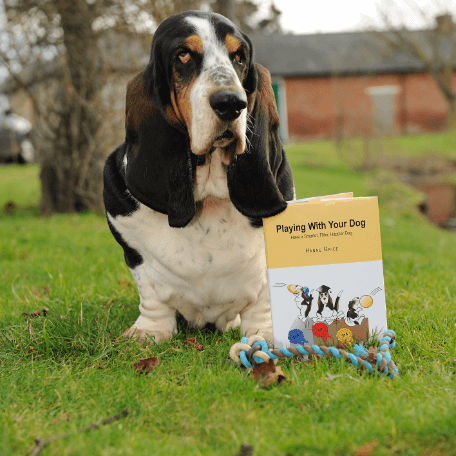
Get Hanne's Book
Playing With Your Dog will help any dog owner work out the games that are best suited for their pet to play throughout his life, from puppyhood to old age. The book also shares some tricks for all ages, group activities, and recommended toys that dogs will enjoy.
